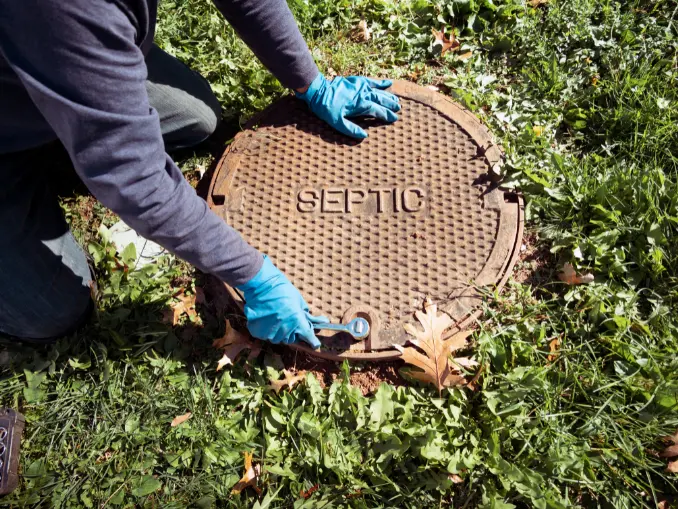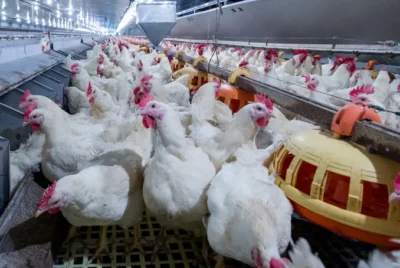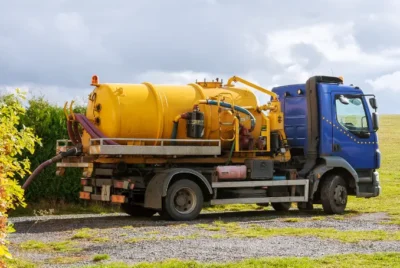The Pros and Cons of Septic Tanks: Is It Right for You?
When it comes to managing household waste, the decision between a traditional sewer system and a septic tank is one that every homeowner must consider. While municipal sewer systems are the norm in urban areas, many rural and suburban homes rely on septic tanks for waste disposal.
However, choosing whether to install a septic tank involves weighing various factors, from cost and maintenance to environmental impact and property value.
In this article, we delve into the pros and cons of septic tank ownership to help you determine if it’s the right choice for your home.
Pros of Septic Tanks
Keeps Toilets in Good Shape
Septic tanks play a crucial role in maintaining the health and functionality of household plumbing fixtures, including toilets.
By separating solid waste from wastewater and retaining it within the tank for natural decomposition, septic systems prevent solids from entering the drain lines and causing clogs or backups. This helps preserve the integrity of toilet mechanisms and prevents costly repairs or replacements.
Additionally, by reducing the load on the septic system and preventing unnecessary strain on plumbing components, regular maintenance of septic tanks ensures that toilets remain in good working order.
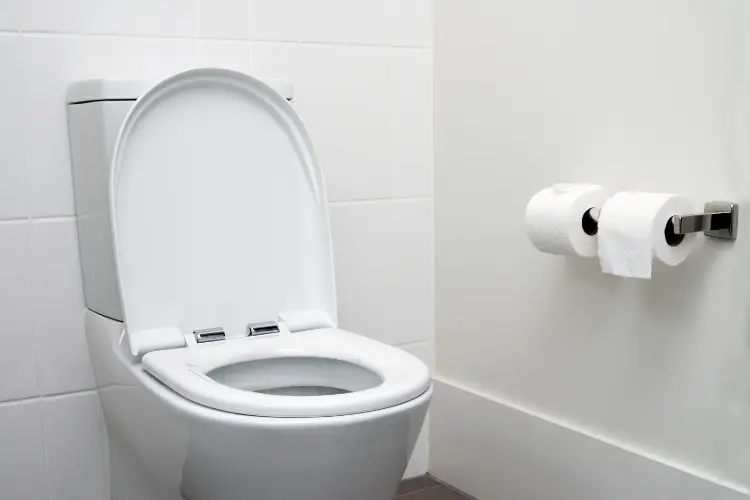
Saves Money
Septic tank systems offer significant cost savings over time compared to connecting to a municipal sewer system. The initial installation costs of a septic system may be lower, particularly in rural areas where extending sewer lines can be prohibitively expensive.
Additionally, ongoing maintenance expenses for a septic tank, such as periodic pumping and inspections, are typically lower than those associated with a centralized sewer system.
Uses Water More Efficiently
One of the key advantages of septic tanks is their efficient use of water resources. Unlike centralized sewer systems that require large amounts of water to transport wastewater to treatment plants, septic tanks treat and recycle wastewater on-site.
By separating solids from liquids and allowing the treated effluent to infiltrate into the soil, septic systems help replenish groundwater supplies and support ecosystem health.
This decentralized approach to wastewater management reduces the strain on municipal water supplies. It minimizes the energy required for water conveyance, contributing to overall sustainability and resilience in water resource management.
Lasts a Long Time
Septic tank systems can have a remarkably long service life when properly installed and maintained, often lasting 20 to 30 years or more. Regular inspections, routine pumping, and minor repairs as needed are essential for ensuring the longevity of a septic system.
By following recommended maintenance practices and avoiding flushing non-biodegradable materials or harsh chemicals down the drain, homeowners can maximize the lifespan of their septic tanks.
Comes in Various Types
Septic tank systems are adaptable to different property sizes, soil types, and environmental conditions. There are various types of septic tank designs, including conventional systems, aerobic treatment units (ATUs), mound systems, and advanced treatment systems.
Each type has its own set of advantages and suitability depending on factors such as soil permeability, space availability, regulatory requirements, and budget constraints.
Good for the Environment
Septic tanks can be environmentally friendly when properly maintained and operated. They facilitate the natural treatment of household wastewater by allowing it to undergo biological processes underground.
In a well-designed and maintained system, bacteria and other microorganisms break down organic matter, reducing the amount of harmful pathogens and pollutants before the water percolates back into the ground. This helps protect groundwater and surface water from contamination, contributing to overall environmental health.
Helps Manage Bath and Shower Drains Better
In addition to preserving the condition of toilets, septic tanks effectively manage all household wastewater, including water from baths and showers.
By treating wastewater on-site and allowing the treated effluent to percolate into the soil, septic systems prevent contamination of surface and groundwater sources while promoting hygiene and sanitation within the home.

Encourages Careful Use of Sinks
Since septic tanks have limited capacity and require periodic pumping, they encourage homeowners to be mindful of their water usage and what goes down the drains.
People with septic systems tend to be more conscious of conserving water, avoiding the disposal of harsh chemicals, and minimizing the introduction of non-biodegradable materials into their plumbing systems.
Cons of Septic Tanks
Regular Maintenance Is Necessary
One of the primary disadvantages of septic tanks is the necessity for regular maintenance. Unlike centralized sewage systems that are managed and maintained by municipal authorities, septic tanks require proactive attention from homeowners.
Neglecting regular maintenance tasks such as pumping and inspection can lead to a myriad of problems, including sewage backups, foul odors, and system failures.
According to the Environmental Protection Agency (EPA), septic tanks should typically be pumped every three to five years, depending on household size and usage factors.
Failure to adhere to this schedule can result in the accumulation of solids within the tank, leading to blockages and reduced efficiency in wastewater treatment.
Read also: Septic Tank Maintenance: Do They Need Regular Emptying?
Risk of Sewage Backup
Sewage backup is a nightmare scenario for any homeowner with a septic tank. When the tank becomes overloaded due to excessive waste or lack of maintenance, sewage can flow back into the household plumbing. Moreover, sewage backup can result in costly cleanup expenses and damage to property.
The risk of sewage backup underscores the importance of regular maintenance and vigilant septic system monitoring. Homeowners should be proactive in identifying warning signs such as slow drains, gurgling noises, or foul odors emanating from drains, which may indicate impending issues with the septic tank.

Problems With Household Water Fixtures
Septic tanks can also impact the functionality of household water fixtures such as toilets, sinks, and showers.
As the tank fills with wastewater, it exerts pressure on the plumbing system, reducing water flow and drainage issues. Inefficient water fixtures can result in inconvenience for homeowners and may necessitate repairs or upgrades to alleviate the strain on the septic system.
Additionally, the presence of solids and sludge within the septic tank can contribute to clogs and blockages in household plumbing.
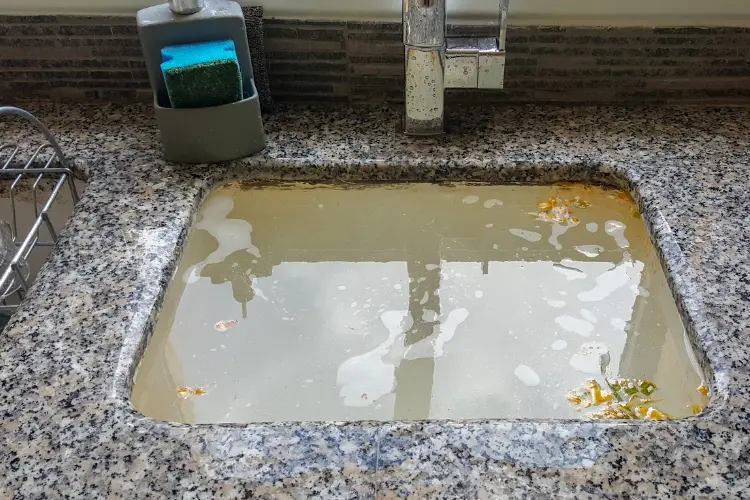
Potential for Drain Field Overflow
Drain field overflow compromises the effectiveness of wastewater treatment and poses environmental risks such as contamination of groundwater and surface water bodies.
To prevent drain field overflow, homeowners must practice water conservation measures, avoid overloading the septic system, and maintain proper tank and drain field components.
Possibility of Pipe Ruptures
Another disadvantage of septic tanks is the potential for pipe ruptures within the system. Over time, pipes can deteriorate due to age, corrosion, or external factors such as tree roots intruding into the plumbing network. A ruptured pipe can disrupt the flow of wastewater, leading to backups, leaks, and groundwater contamination.
Final Thoughts on the Pros and Cons of Septic Tanks
Deciding whether a septic tank is right for your home involves carefully considering the above pros and cons. While septic tanks offer advantages, they also come with maintenance requirements, installation costs, and regulatory considerations.
By weighing these factors against your specific needs and circumstances, you can decide whether a septic tank is the best choice for your household.

